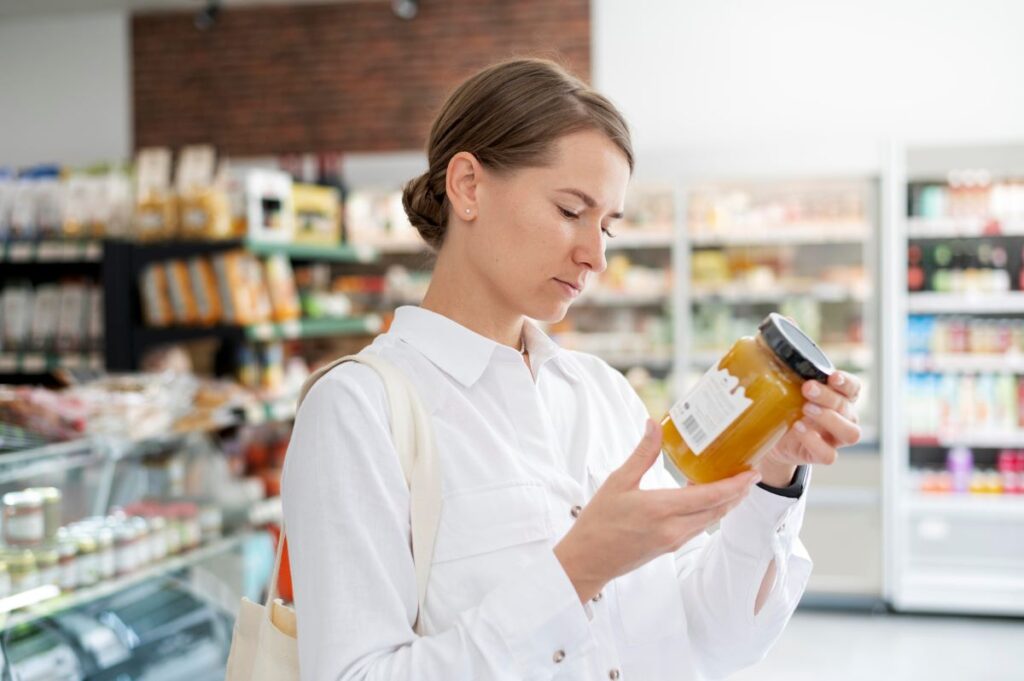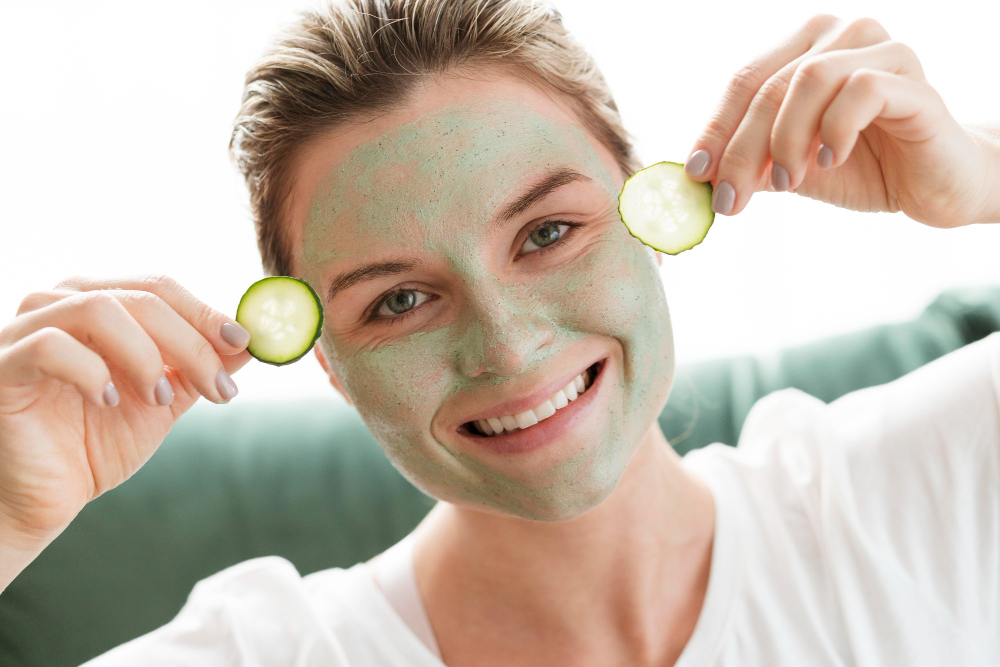The rise of clean beauty has led to a flood of “natural” and “organic” products in the market. While the trend toward eco-conscious, health-friendly products is a positive shift, it has also created confusion for consumers trying to discern which products are genuinely natural. With marketing buzzwords like “green,” “pure,” and “chemical-free” plastered across labels, how can you tell if the products you’re buying truly align with your values?
The key lies in understanding how to read labels and knowing what certifications to look for. In this blog, we’ll guide you through how to identify truly natural products, navigate through marketing jargon, and find trustworthy certifications.
Why It’s Important to Identify Truly Natural Products

Natural products are often perceived as being safer, healthier, and better for the environment. However, not all products labeled as “natural” are what they claim to be. Many companies use a practice called “greenwashing” to market their products as eco-friendly or natural without meeting meaningful standards. These products may still contain synthetic chemicals, preservatives, or potentially harmful ingredients.
By learning how to identify truly natural products, you can:
- Protect your skin from harmful ingredients.
- Support ethical and sustainable companies.
- Reduce your environmental footprint by choosing eco-conscious products.
Understanding Common Marketing Terms on Beauty Labels
Before diving into specific certifications, it’s important to clarify the common marketing terms you’ll often find on beauty product labels. These terms are not always regulated, so it’s crucial to understand their real meaning—or lack thereof.
"Natural"
The term “natural” implies that a product’s ingredients are derived from natural sources such as plants, minerals, or animals. However, this term is not legally defined or regulated in most countries. A product labeled as “natural” can still contain synthetic chemicals, preservatives, and other artificial ingredients.
"Organic"
Organic refers to ingredients that are grown without synthetic pesticides, fertilizers, or genetically modified organisms (GMOs). While “organic” is a more regulated term than “natural,” the amount of organic content required for a product to bear this label varies depending on the certification.
"Clean"
“Clean” beauty is another vague term that implies a product is free from harmful chemicals like parabens, sulfates, and phthalates. However, “clean” is not a regulated term, and its meaning can differ from brand to brand.
"Chemical-Free"
This term is misleading because everything, including water, is made up of chemicals. What brands typically mean by “chemical-free” is that their product doesn’t contain synthetic chemicals or harmful toxins. Always check the ingredient list to verify the actual content.
How to Read Beauty Labels Like a Pro
Knowing how to read labels is your first defense against falling for marketing hype. By understanding ingredient lists and knowing what to look for, you can make informed choices.
1. Ingredients Are Listed by Quantity
In most countries, ingredients on beauty products are listed in order of quantity. The ingredient present in the highest concentration appears first, while the one present in the lowest amount is listed last. If a product claims to be rich in a certain ingredient (e.g., aloe vera or coconut oil) but you find it listed toward the end of the ingredient list, it’s likely present in very small amounts.
2. Recognize Common Synthetic Chemicals
Learning to spot synthetic chemicals is key to avoiding potentially harmful products. Here are a few common synthetic ingredients to watch for:
- Parabens: Used as preservatives, parabens have been linked to hormone disruption.
- Sulfates: These harsh cleansers can strip the skin of its natural oils and cause irritation.
- Phthalates: Often found in fragrances, phthalates can also disrupt hormone function.
- Synthetic Fragrances: “Fragrance” on a label can hide a cocktail of chemicals. Opt for products labeled with natural fragrances or essential oils.
3. Watch Out for Greenwashing Terms
Be cautious of terms like “eco-friendly,” “natural,” and “pure” that are not backed by certifications or clear labeling. Look for transparency from brands about where their ingredients come from and how their products are made.
Key Certifications to Look for on Truly Natural Products
Certifications can provide peace of mind when choosing natural products, as they are awarded by third-party organizations that enforce strict guidelines. Below are some of the most reputable certifications to look for.
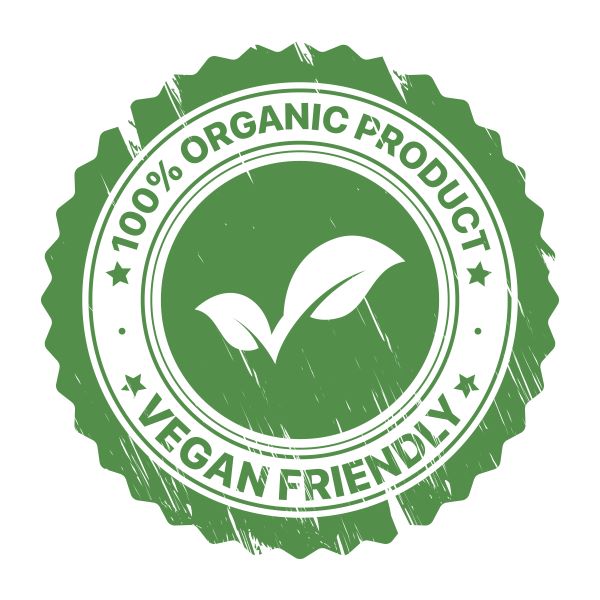
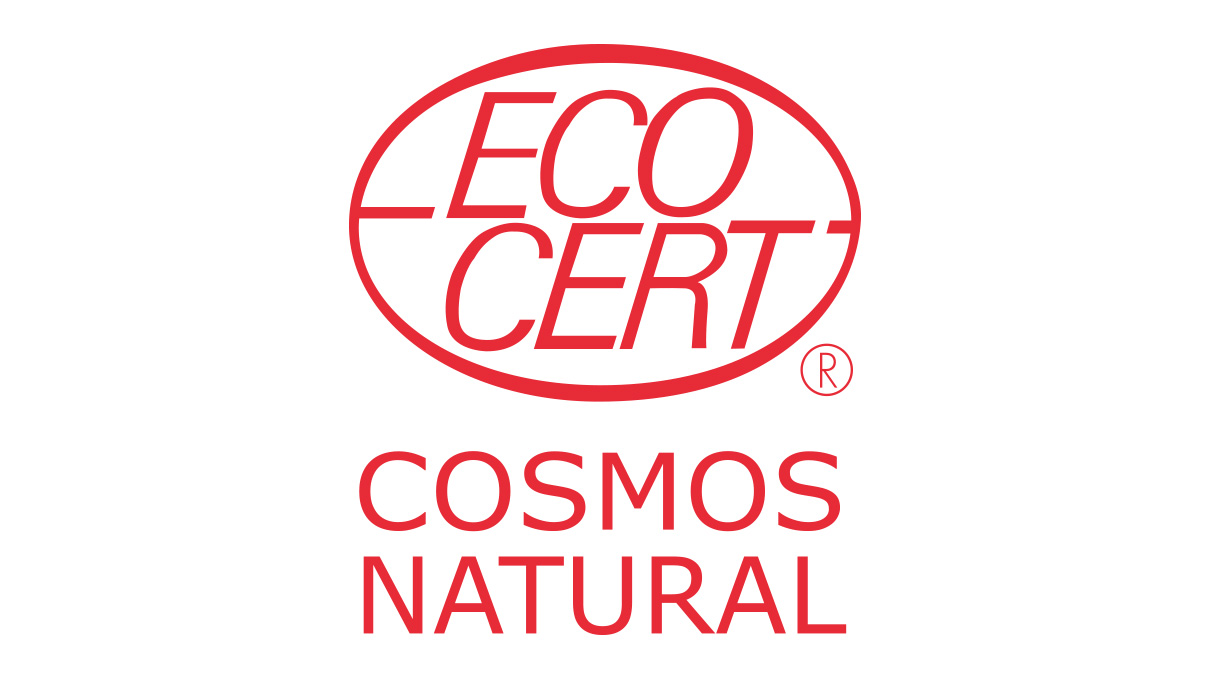
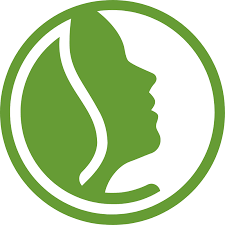
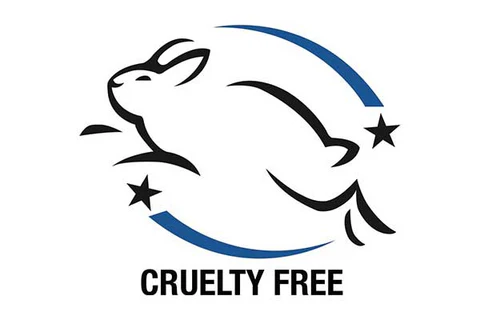
1. USDA Organic
In the United States, the USDA Organic certification is one of the most trusted certifications for organic beauty products. For a product to carry the USDA Organic seal, at least 95% of its ingredients must be organic, and the remaining 5% must adhere to strict safety regulations. If a product is labeled as “Made with Organic Ingredients,” it contains at least 70% organic content.
2. COSMOS Organic
COSMOS (Cosmetic Organic and Natural Standard) is one of the leading certifications in Europe. COSMOS Organic products must contain at least 95% organic ingredients. This certification also ensures that products meet rigorous environmental and ethical standards, such as sustainable sourcing and biodegradable packaging.
3. ECOCERT
ECOCERT is another widely recognized certification, particularly in Europe. For a product to be ECOCERT certified as natural, at least 95% of its ingredients must be of natural origin. There are two levels of certification:
- Natural: At least 50% of plant ingredients must be organic.
- Organic: At least 95% of plant-based ingredients must be organic, and 10% of the total product must be organic.
4. NATRUE
NATRUE is an international non-profit organization dedicated to promoting natural and organic cosmetics. NATRUE-certified products are free from synthetic fragrances, colors, parabens, and mineral oils. There are three levels of certification:
- Natural Cosmetics
- Natural Cosmetics with Organic Ingredients
- Organic Cosmetics
5. Leaping Bunny
While the Leaping Bunny certification doesn’t necessarily indicate a product is natural, it’s an important label for ethical consumers. Leaping Bunny ensures that the product and its ingredients are cruelty-free and have not been tested on animals at any stage of development.
Navigating Ingredient Transparency and Certifications
Even with certifications, it’s essential to be mindful of ingredient transparency. Brands that are genuinely committed to natural beauty often provide detailed information about their sourcing and manufacturing processes. Here’s how you can assess a brand’s commitment to natural products:
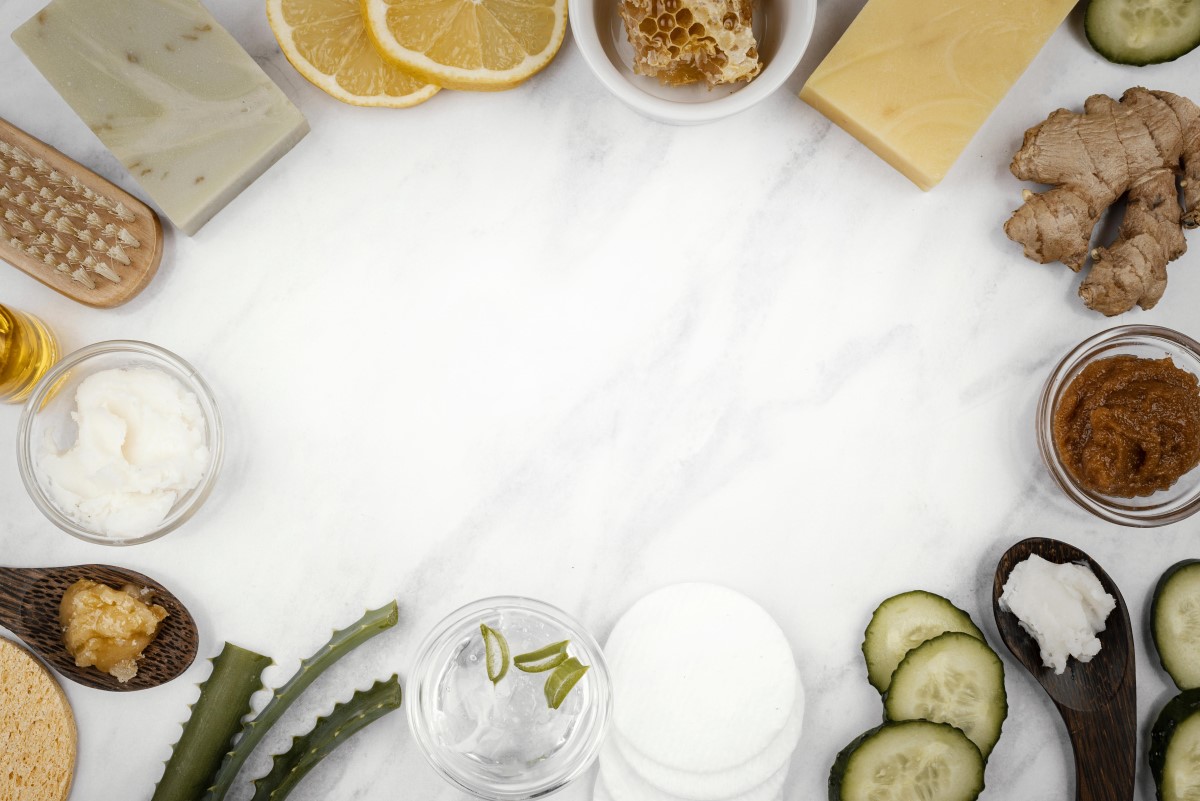
1. Look for Full Ingredient Disclosure
A brand committed to natural beauty will list all of its ingredients, even fragrances and preservatives, clearly on the label. Be wary of products that include “fragrance” or “parfum” without specifying the source of the scent.
2. Research the Brand’s Values
Many natural and organic brands are transparent about their ingredient sourcing, production processes, and environmental impact. Take the time to research a brand’s sustainability practices, certifications, and ethical stance to ensure they align with your values.
3. Pay Attention to Packaging
Brands that focus on natural ingredients often prioritize eco-friendly packaging as well. Look for recyclable or biodegradable materials, minimal plastic use, and reduced waste packaging.
Tips for Identifying Truly Natural Products
While reading labels and understanding certifications are key, here are some additional tips to help you identify truly natural products:
- Choose Short Ingredient Lists: The fewer the ingredients, the less likely the product contains unnecessary or harmful additives.
- Avoid Synthetic Fragrances and Dyes: These are common in conventional beauty products and can cause irritation or allergies.
- Trust Your Skin: If a product claims to be natural but causes irritation or breakouts, it might not be as clean as it seems. Your skin’s reaction can tell you a lot about a product’s quality.
Conclusion: Empowering Yourself with Knowledge
Identifying truly natural products can feel overwhelming at first, but once you know how to read labels and look for trustworthy certifications, you’ll be equipped to make more informed and ethical choices. Whether you’re concerned about your health, the environment, or animal welfare, understanding how to spot greenwashing and what certifications to trust will help you find products that align with your values.
Remember, not all natural beauty products are created equal, but by doing a little research and being mindful of the labels, you can feel confident in your skincare and cosmetic choices.
